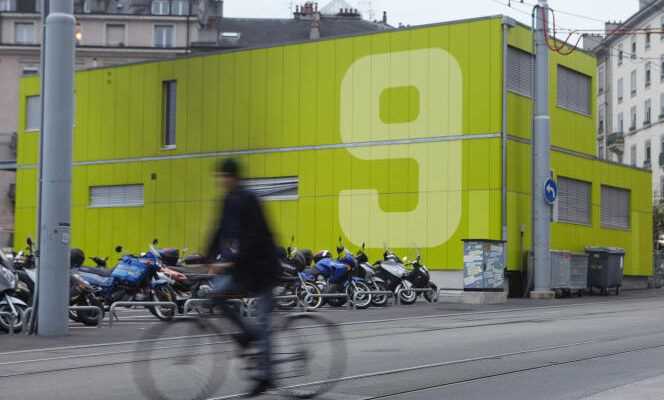The place is not exactly characterized by its discretion: a tangle of fluorescent green metallic rectangles, in the middle of a square fought over by pedestrians, cyclists and trams, just behind Geneva central station. Its name, Quai 9, refers to the proximity of the train, perhaps also to its vocation, the passage rather than the dead end. This injection room saw the light of day just twenty years ago, after several towns in German-speaking Switzerland had already started in the 1990s. It is now an integral part of the Geneva urban landscape to the point where no one is left with it. remark. “When we opened, the rate of HIV infection among people who prick themselves was 50%, it is now 2 %, specifies Serge Longère, director of the Première Ligne association, which manages Quai 9. But this is not the only positive result. There are fewer fatal overdoses in the street, fewer syringes in the alleys and courtyards, less collateral damage for residents. “ Clearly, the feeling of insecurity in this neighborhood has disappeared.
Switzerland now has 17 “shooting rooms” located in urban centers across the country, compared to only two in France. Are these secure places of consumption (we also practice more and more inhalation) the solution? “In any case, they removed visible practices that shocked public opinion from the streets, which made it possible to play down the debate. And to make drugs and their uses primarily a social and health issue rather than systematically political ”, says Jean-François Savary, of the Groupement romand d’études des addictions (GREA). In fact, in the Swiss Confederation, the debate on drugs has gradually ebbed to the point of disappearing entirely from the radar of the news, very far from the Parisian “crack crisis”.
A humanist method
At the origin, however, there is a national collective trauma. During the second half of the 1980s, the Swiss discovered, bewildered, the open drug scenes right in the center of Zurich. In Bern, drug addicts even prick themselves in a park under the windows of the Ministry of Foreign Affairs. Images of a young mother injecting heroin into her veins next to a stroller will tour the world, revealing a Switzerland quite different from the usual banking cliché.
From this shock will be born the policy of the “four pillars” (prevention, repression, therapy and risk reduction) of the socialist Minister of Health Ruth Dreifuss. The compromise is typically Swiss, since it does not decriminalize anything, and continues in practice to prohibit and even verbalize the consumption of narcotics – apart from that of cannabis. But in reality, it is pragmatism that prevails: since drugs will not disappear, we might as well support those we now call users so that they consume their products with maximum safety.
You have 36.92% of this article to read. The rest is for subscribers only.
